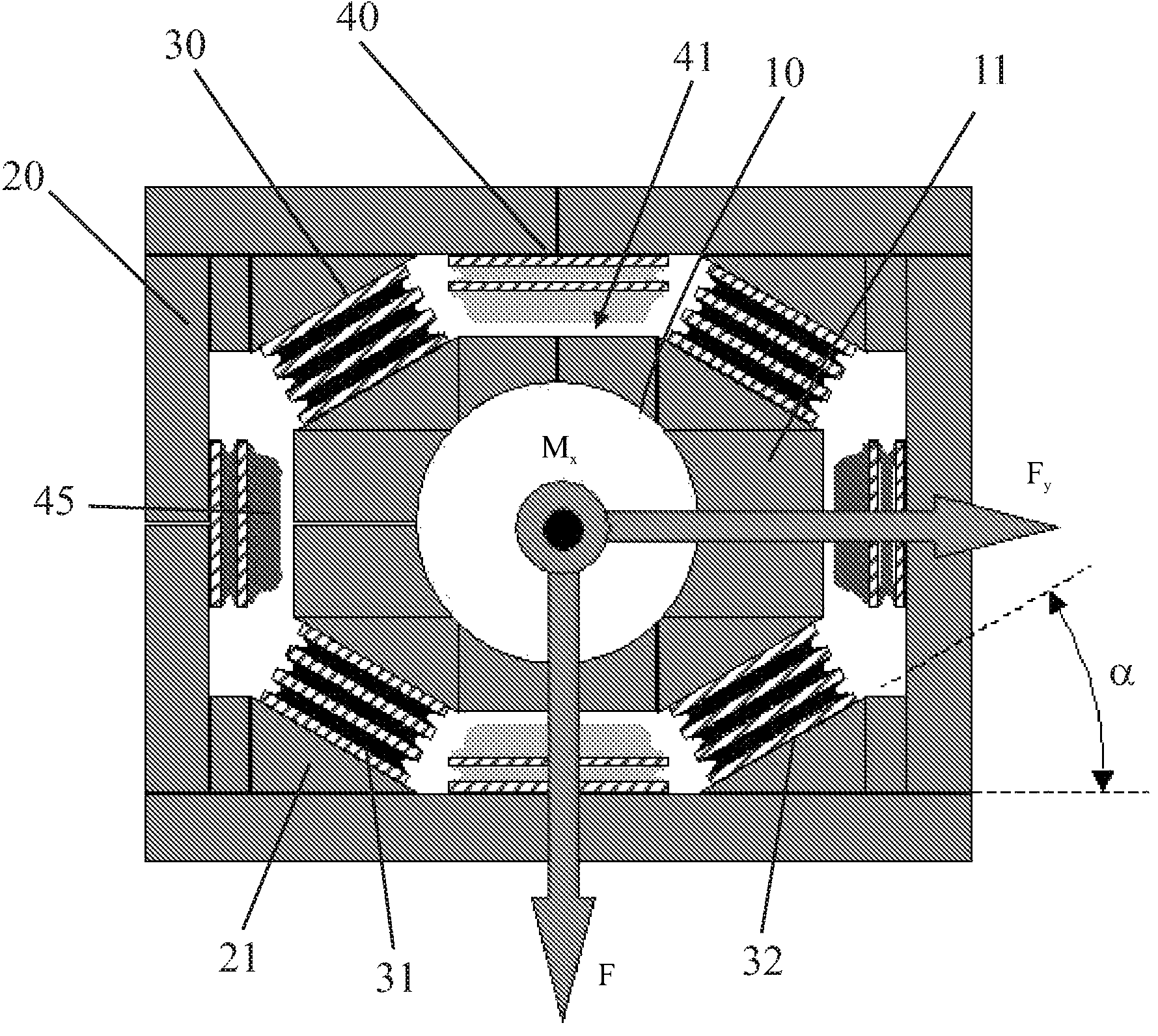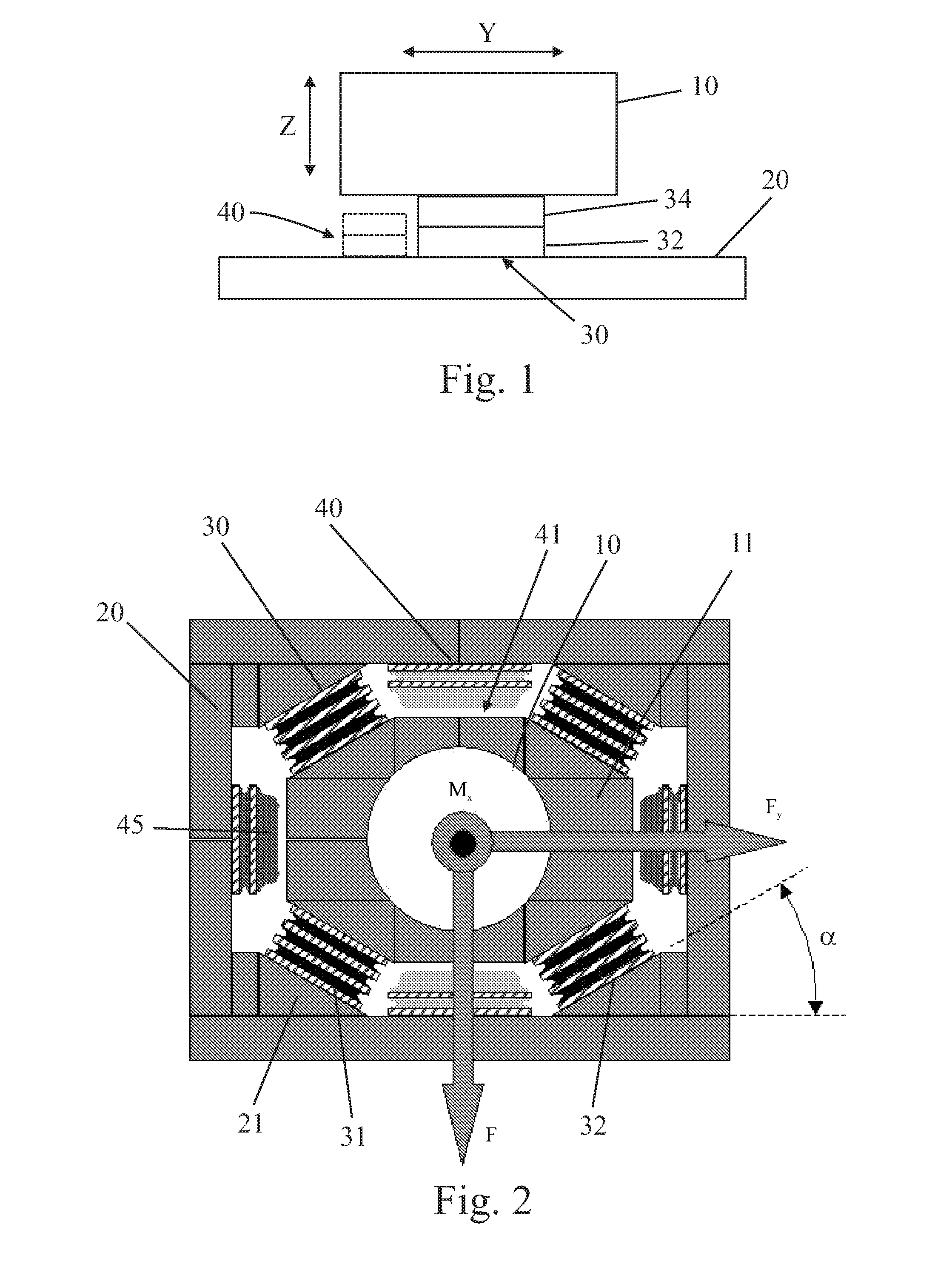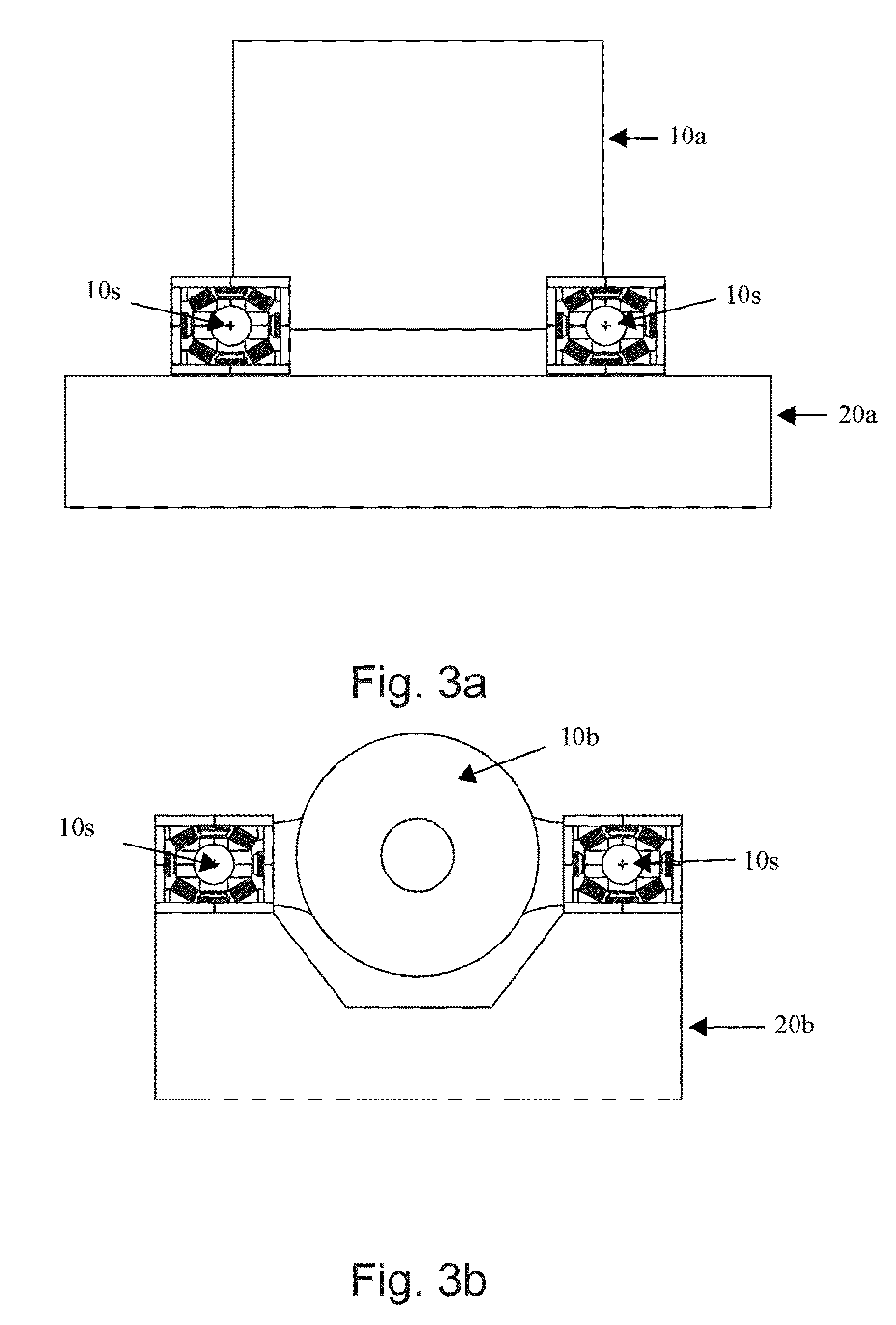Suspension system
a suspension system and suspension technology, applied in the direction of machines/engines, machine supports, liquid fuel engines, etc., can solve the problems of poor vibration isolation of elastomer bushings, affecting the stability of suspension systems, etc., to achieve high vibration isolation, constant linear dynamic stiffness, and enhance the effect of these properties
- Summary
- Abstract
- Description
- Claims
- Application Information
AI Technical Summary
Benefits of technology
Problems solved by technology
Method used
Image
Examples
Embodiment Construction
[0024]Reference will now be made in detail to the various embodiments of the invention, one or more examples of which are illustrated in the figures. Each example is provided by way of explanation of the invention, and is not meant as a limitation of the invention. For example, features illustrated or described as part of one embodiment can be used on or in conjunction with other embodiments to yield yet a further embodiment. It is intended that the present invention includes such modifications and variations.
[0025]FIG. 1 is a schematic view of a suspension system according to an embodiment of the present invention. Therein, a suspension element 30 is mounted between an apparatus 10 and a support 20. The apparatus 10 vibrates, i.e. is displaced, in Z- as well as in Y-direction as indicated by the arrows. The suspension element 30 dynamically decouples the apparatus 10 from the support 20 so that the vibrations of the apparatus are not or only to a small degree transferred to support...
PUM
| Property | Measurement | Unit |
|---|---|---|
| frequency | aaaaa | aaaaa |
| angle | aaaaa | aaaaa |
| angle | aaaaa | aaaaa |
Abstract
Description
Claims
Application Information
 Login to View More
Login to View More - R&D
- Intellectual Property
- Life Sciences
- Materials
- Tech Scout
- Unparalleled Data Quality
- Higher Quality Content
- 60% Fewer Hallucinations
Browse by: Latest US Patents, China's latest patents, Technical Efficacy Thesaurus, Application Domain, Technology Topic, Popular Technical Reports.
© 2025 PatSnap. All rights reserved.Legal|Privacy policy|Modern Slavery Act Transparency Statement|Sitemap|About US| Contact US: help@patsnap.com



